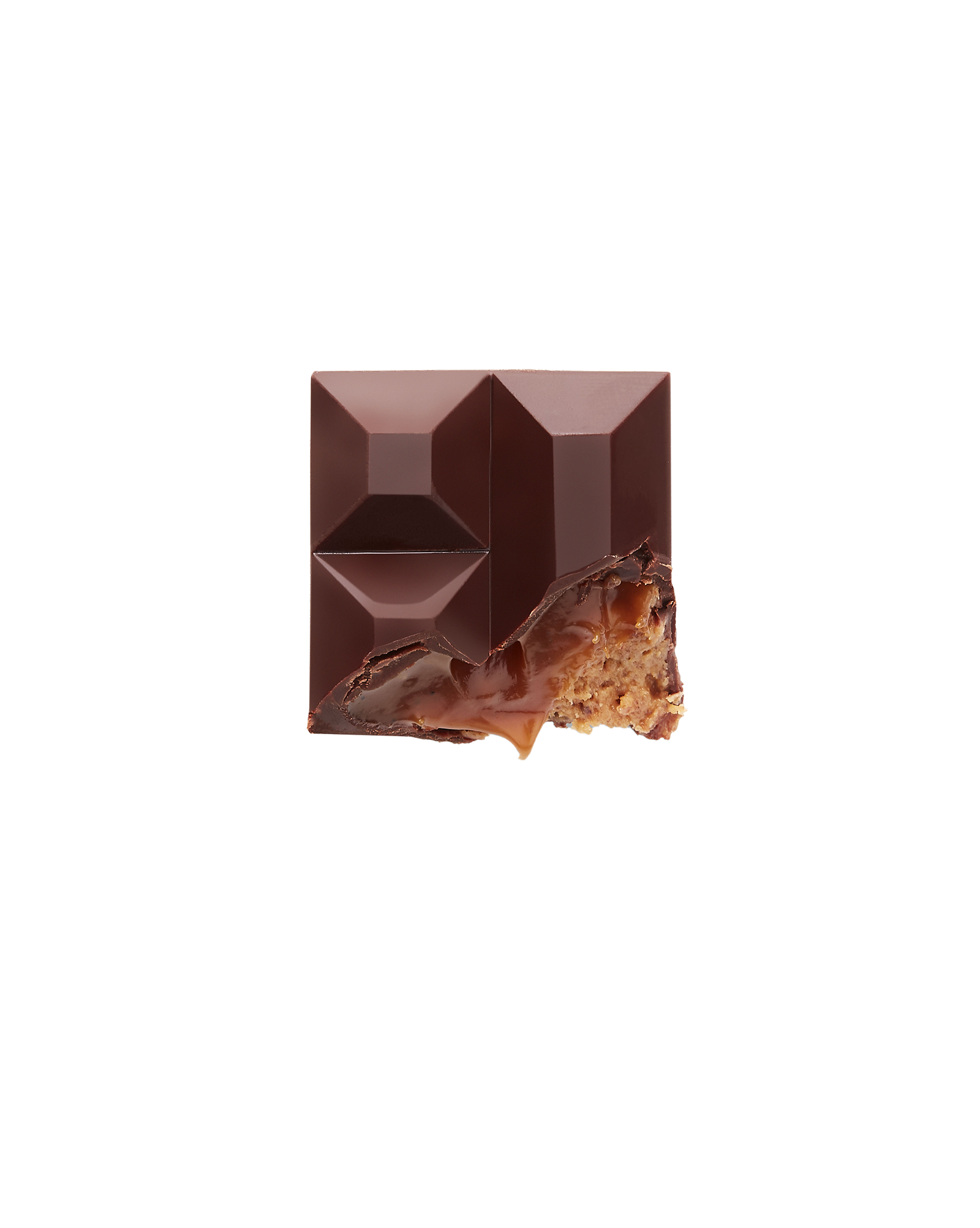Truffle Market Overview: Products, Prices, and Canine Training Trends
페이지 정보
작성자 Rubye 작성일 25-11-06 15:39 조회 2 댓글 0본문
2. Black Truffle (Tuber melanosporum)
Also called the "Perigord truffle," this French variety is celebrated for its robust flavor. It is commonly used in cooking due to its ability to retain aroma when heate
In the world of gourmet cuisine, few ingredients evoke as much mystique and allure as the black truffle. Known as the "black diamond" of the kitchen, this rare fungus has long been synonymous with luxury, commanding exorbitant prices and inspiring culinary masterpieces. However, a new trend is reshaping the truffle industry: the rise of frozen black truffles. Once considered a compromise, frozen truffles are now gaining acclaim for their ability to preserve the essence of this fleeting delicacy while making it accessible year-round.
 Enter freezing technology. Advances in cryogenic freezing methods, such as flash-freezing at ultra-low temperatures (-196°C using liquid nitrogen), have revolutionized preservation. By rapidly freezing truffles shortly after harvest, producers can lock in their volatile aromatic compounds, which are crucial to their flavor profile. Studies by the International Truffle Association reveal that properly frozen truffles retain up to 95% of their original aroma and taste, a game-changer for both chefs and suppliers.
Enter freezing technology. Advances in cryogenic freezing methods, such as flash-freezing at ultra-low temperatures (-196°C using liquid nitrogen), have revolutionized preservation. By rapidly freezing truffles shortly after harvest, producers can lock in their volatile aromatic compounds, which are crucial to their flavor profile. Studies by the International Truffle Association reveal that properly frozen truffles retain up to 95% of their original aroma and taste, a game-changer for both chefs and suppliers.
Truffle Varieties
1. White Truffle (Tuber magnatum)
Known as the "Alba truffle," this variety is the most expensive and sought-after, primarily found in Italy. Its intense aroma and delicate flavor make it a gourmet favorite, often shaved fresh over dishe
Frozen truffles, particularly white and black varieties, provide year-round availability, though purists argue fresh truffles retain superior aroma. Dehydrated truffles and minced black truffle products cater to cost-conscious buyers, while truffle oil—infused with synthetic or natural compounds—remains controversial for culinary use. Notably, truffle oil for dogs has gained traction in canine training, with trainers using diluted solutions to teach scent detection. Specialized kits, including truffle-scented toys and reward systems, streamline this process.
Frozen Truffles: Preserve freshness and are ideal for off-season use.
Dried/Dehydrated Truffles: Concentrated flavor for long-term storage.
Truffle Slices/Minced Truffle: Convenient for garnishing and cooking.
Truffle Butter/Oil/Salt: Infused products for easy flavor incorporation.
Truffle Sauce/Tartufata: Ready-to-use condiments for pasta and risotto.
Truffle Honey/Carpaccio: Gourmet pairings for cheeses and meat
Researchers are exploring next-generation solutions, such as freeze-drying and encapsulation technologies, to enhance preservation further. Meanwhile, truffle farms in non-traditional regions—like the United States and Australia—are adopting freezing early in their supply chains, positioning themselves as innovators.
As demand grows, pricing transparency remains elusive. Black summer truffles average €150–€400/kg, while rare winter whites peak at €6,000/kg. For sellers, platforms like truffle auctions and specialty retailers offer optimal returns, though competition from commercial growers intensifies. Whether for haute cuisine or canine partnerships, truffles persist as a symbol of luxury—and a testament to nature’s aromatic allure.
Fresh Truffles: Sold whole, sliced, or shaved for immediate use. Fresh truffles require careful storage to preserve their aroma.
Processed Goods:
- Truffle Oil/Butter: Infused with synthetic or natural truffle aroma; popular for dressings and sauces.
- Truffle Salt/Chips: Used as garnishes; dehydrated truffles offer extended shelf life.
- Preserved Truffles: Vacuum-sealed, frozen, or canned to maintain quality.
Introduction
Truffles, the highly prized subterranean fungi, belong to the genus Tuber and are renowned for their unique aroma and flavor. They form symbiotic relationships with the roots of certain trees, such as oaks and hazels, and are primarily harvested in Europe, particularly in Italy and France. This article explores the diverse varieties of truffles, their culinary applications, market dynamics, and the growing industry surrounding truffle product
The truffle industry encompasses a diverse array of products, species, and applications, ranging from gourmet ingredients to specialized dog training tools. Salsa tartufata bianca, a luxurious white truffle sauce, highlights culinary uses, while frozen White Truffle white truffles and smooth black truffles cater to demand for preserved, high-quality fungi. Key species like Tuber magnatum (Alba white truffle) and Tuber melanosporum (black Perigord truffle) dominate premium markets, with prices fluctuating based on seasonality, origin, and grade. Fresh Tuber magnatum can exceed €5,000 per kilogram, whereas summer truffles (Tuber aestivum) offer a milder, budget-friendly alternative.
Regional distinctions shape availability: Italian white truffles (Tuber magnatum pico) command premium prices in Tuscany, while French black truffles (Tuber melanosporum) dominate winter markets. Lesser-known varieties like Tuber brumale and Tuber borchii provide affordable alternatives but lack the depth of flavor. Sustainability concerns drive interest in cultivated truffles, though wild-foraged specimens remain prized.
댓글목록 0
등록된 댓글이 없습니다.



